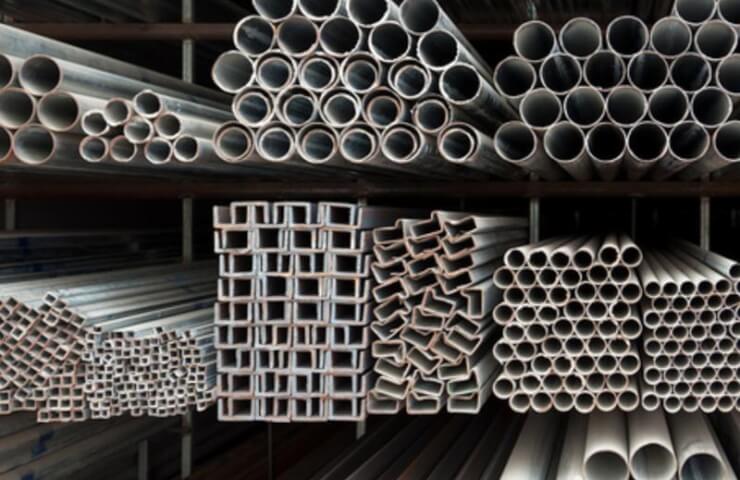The World Steel Association (worldsteel) today released its short-term outlook (SRO) for steel demand for 2023 and 2024. 1.7% in 2024 to reach 1,854.0 Mt. Production is expected to lead the recovery, but high interest rates will continue to put pressure on steel demand. Growth is expected to accelerate next year in most regions, but slowdown is expected in China.
Commenting on the outlook, Mr. Maximo Vedoja, CEO of Ternium and chairman of the worldsteel economic committee, said: “In 2022, the pace of recovery after The pandemic shock has been hampered by high inflation and rising interest rates, Russia's invasion of Ukraine, and lockdowns in China. As a result, in the last quarter of 2022, the activity of sectors using steel decreased. This, combined with the effect of stock adjustments, led to a larger-than-expected contraction in steel demand.
Strong inflation and high interest rates in most countries will limit the recovery in steel demand in 2023, despite such positive factors such as the opening of China, the resilience of Europe in the face of the energy crisis and the removal of bottlenecks in the supply chain. In 2024, demand growth will be driven by regions outside of China but will face a global slowdown due to expected zero growth in China, dwarfing environmental improvement. Sustained inflation remains a downside risk, potentially supporting high interest rates.
As China's population shrinks and moves towards consumption-driven growth, its contribution to global steel demand growth will decline. Future growth in global steel demand will depend on the decline of factors mainly concentrated in Asia. Decarbonization investment and vibrant emerging economies will increasingly drive global steel demand, even as China's contribution to global growth wanes."
China
China's steel demand declined in both 2021 and 2022 as China's economy slowed sharply due to unexpected restrictions that spread across the country.
The negative dynamics in the construction sector, observed in 2021, intensified in 2022: all key indicators of the real estate market turned out to be in a deep negative zone. In 2022, the area of recently started projects decreased by 39.4%, and real estate investment decreased by 10.0%, the first year-on-year decline in 25 years. This sharp decline will put pressure on construction activity in 2023-2024, but the real estate sector is likely to see a slight recovery in the second half of 2023 thanks to government support measures. The recovery in the real estate market is expected to continue in 2024, but will be moderate.
Infrastructure investment rose significantly by 9.4% thanks to government support, but was mainly focused on less metal-intensive areas such as systems water supply, telecommunications and logistics. In 2023, the infrastructure sector may still benefit from projects started at the end of 2022, although growth may slow in 2024 if large-scale projects are not launched in 2023.
China's manufacturing sector performance in 2022 were weak, although exports were relatively good. The manufacturing sector is expected to show only a modest recovery in 2023-2024 with slowing exports.
Automotive production grew by 3.4% in 2022, mainly due to an 11.2% increase in the passenger car segment cars. Commercial vehicle production fell 31.9% in 2022. Another jump in the production of new energy vehicles was noted in 2022, when production increased by 96.9% to 7.06 million units, which is 25.7% of total vehicle production. The automotive industry is expected to perform slightly weaker in 2023-24 as no new stimulus measures are expected.
After a 3.5% decline in 2022, total steel demand in China is expected to will grow by 2.0% in 2023. It is expected to remain at the same level in 2024.
Developed economy
Steel demand in developed countries dropped significantly in 2022 due to monetary tightening and high energy costs. After falling by 6.2% in 2022, it is expected to rise by 1.3% in 2023. A 3.2% recovery is projected in 2024.
European Union (27) and United Kingdom
The EU economy turned out to be more resilient to the energy crisis caused by the war in Ukraine than originally thought. While the EU economy grew by 3.5% in 2022, avoiding a re




